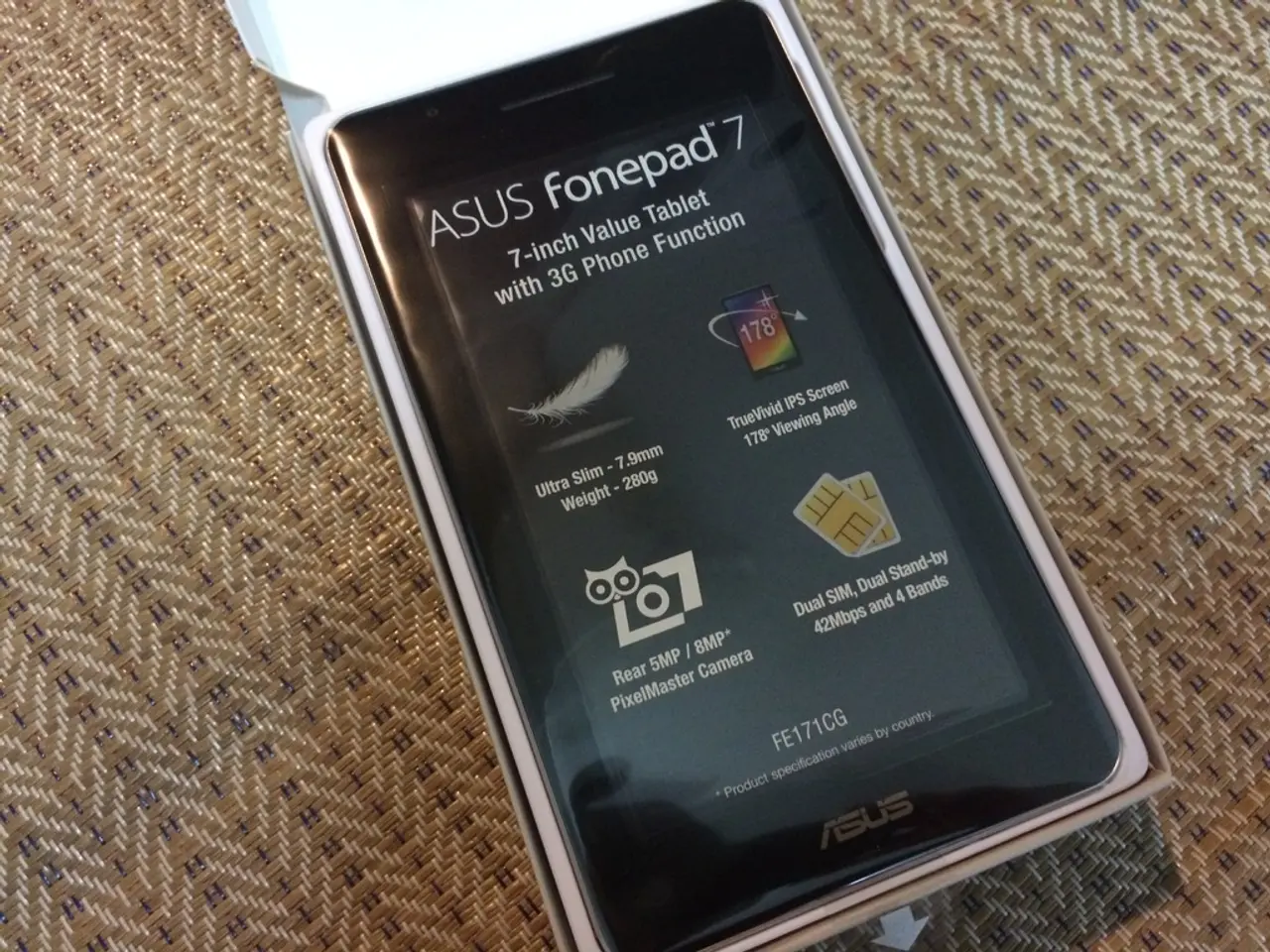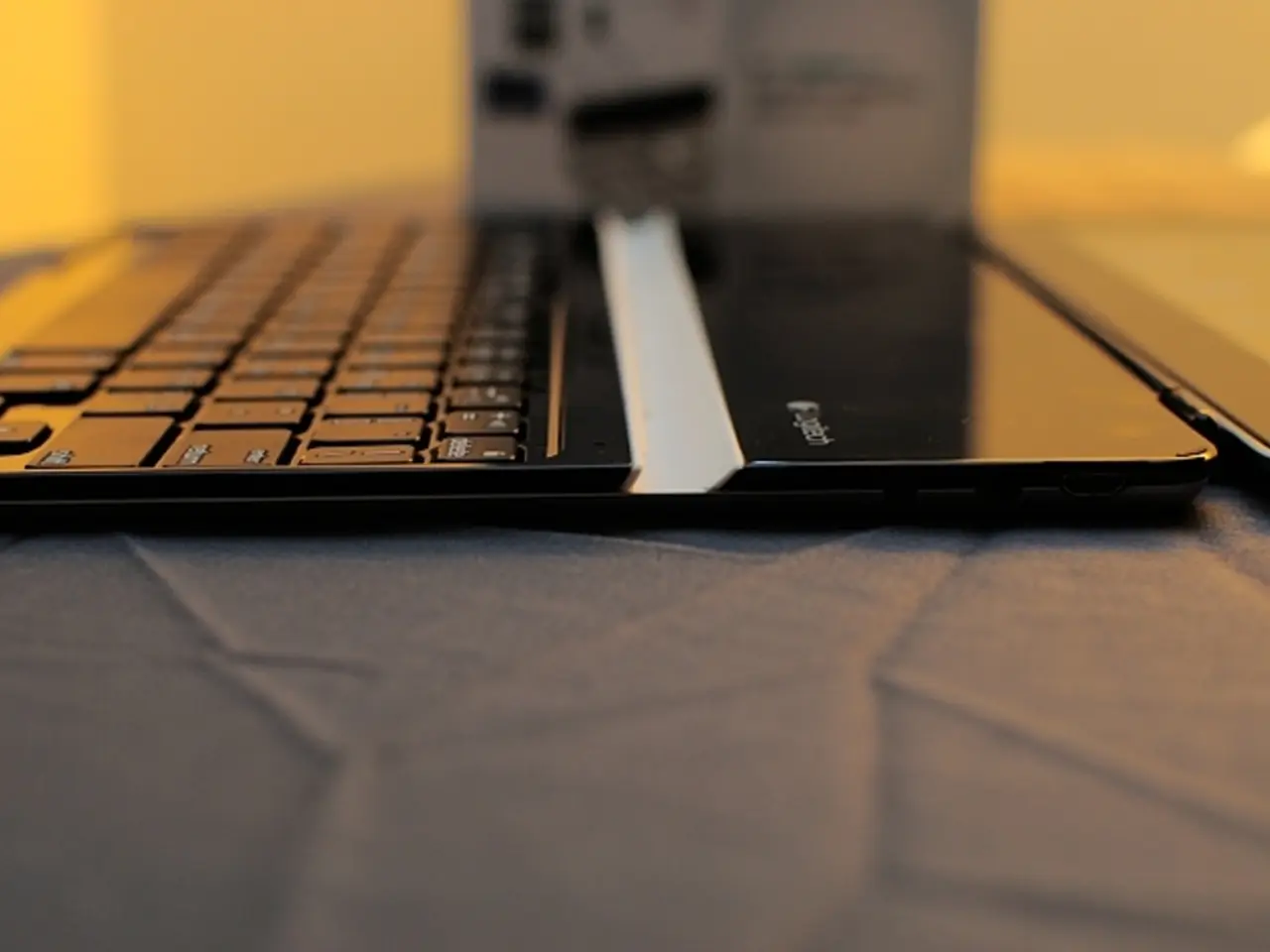EU's New Mandatory Energy Label for Smartphones: What You Need to Know
Mandatory Energy Labeling for Smartphones and Tablets Across Europe Imminent - Mandatory EU Energy Label for Smartphones and Tablets to Take Effect
Get the lowdown on the EU's latest move to introduce a mandatory energy label for smartphones and tablets! Starting from June 20, 2025, these devices will come with a label providing consumers a comprehensive picture of the device's energy efficiency, battery life, and resilience to drops and environmental factors.
Brussels, the EU's authority, asserts that this label will empower consumers to make informed, sustainable purchasing decisions. The label breaks down the device's energy efficiency, battery life, and resistance to dust and moisture, as well as its robustness against accidents.
In addition to the energy label, manufacturers must meet new eco-design requirements. These rules prioritize longer-lasting batteries, enhanced durability, and extended software support. Quick access to essential spare parts is also a must, all aimed at cutting down on electricity and CO2 emissions.
Here's what you can expect on the energy label for your smartphone:
- Energy Efficiency Class Rating (A to G): The label showcases the device’s overall energy efficiency class, with “A” being the most efficient and “G” the least efficient.
- Battery Endurance per Charge: The label illustrates how long the phone's battery lasts per complete charge cycle, expressed in hours and minutes.
- Battery Endurance in Cycles: This shows how many full charge-discharge cycles the battery can handle while maintaining optimum performance.
- Repeated Free Fall Reliability Class (A to E): These ratings denote the smartphone’s ability to withstand accidental drops, ultimately fostering increased durability.
- Repairability Score (A to E): This score reveals the ease of repairing the device, taking into account factors like repair instructions availability and spare parts accessibility.
- Ingress Protection Rating (IP Rating): This section details the device’s resistance to dust and water.
- Packaging Inclusion: Remaining inside product packaging, the label ensures consumers are informed at the point of sale.
- Registration: Manufacturers must register their products in the European Product Registry for Energy Labelling (EPREL), managed by the European Commission.
These regulations encompass smartphones, feature phones, cordless phones, and tablets with screens between 7 and 17.4 inches14.
The benefits of these regulations for sustainable consumption are manifold:
- Empowered Consumer Decisions: With clear and standardized information on energy use, durability, and repairability, consumers can make smart, eco-friendly decisions.
- Encouragement of Durability and Repair: Emphasizing durability (e.g., drop resistance, water protection) and repairability scores encourages manufacturers to create more durable devices with extended lifetimes, reducing waste and conserving resources.
- Lower Environmental Impact: Energy-efficient smartphones consume less power, leading to reduced greenhouse gas emissions over the entire product lifecycle.
- Extended Software Support and Spare Parts Availability: Recognizing the importance of extending product lifespans, the regulations push for longer software support and easy access to replacement parts.
- Market Transparency: Transparent energy and durability labeling discourages planned obsolescence and greenwashing, keeping consumers in the know about product performance.
All in all, these rules help promote circular economy principles by focusing on durability, repairability, and resource efficiency. This reduces electronic waste and emissions associated with smartphone manufacture and usage15.
- The new EU energy label for smartphones and tablets will provide consumers with detailed information about a device's energy efficiency, battery life, resilience to drops and environmental factors, and repairability, all factors that are essential components of the community policy aimed at promoting sustainable, eco-friendly consumer decisions.
- In addition to the energy label, manufacturers must adhere to new eco-design requirements, which prioritize aspects such as longer-lasting batteries, enhanced durability, extended software support, and quick access to essential spare parts, all of which align with the employment policy's focus on creating more durable gadgets like smartphones and tablets, reducing waste and conserving resources.




